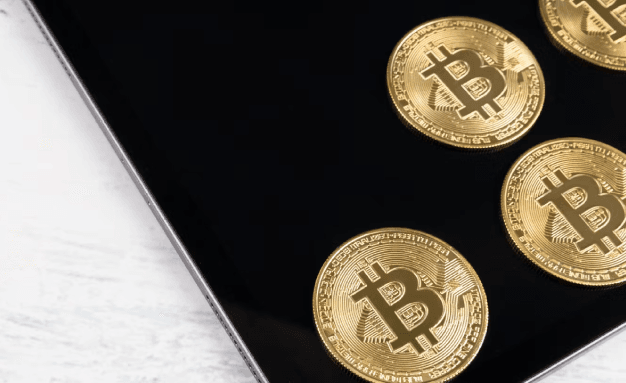Hello, I am Aude Vicaire. Nice to meet you again in the Payment Instant.
Its market has been valued at over $3 trillion in 2021. There are more than 15,000 of them on more than 1,000 different blockchains. You will have understood, today we are going to talk about crypto-currency.
There are three main families of crypto currency. The first, the crypto currencies with fluctuating value. The best known is Bitcoin, we see its value is very volatile, it is fixed on the law of supply and demand. The second family, that of Stablecoin, is a fixed-value cryptocurrency, very useful for all that is investment and payment, we will see later.
And finally, the third family, the Central Bank Digital Currencies which is the response of central banks to the explosion of crypto-currencies. Most central banks have launched their projects. However, none of them have really succeeded, we see that the digital euro will not be available before 2025-2026. Cryptocurrencies have many interests, among which their traceability, their transparency, their robustness or their automation. Today, we are not going to talk about NFT or Metavers, but about the use of cryptocurrencies in payment for merchants. So why make the link between payment and cryptomoney?
Well, simply because at the moment most crypto-currencies are still used a lot for investment or speculation purposes, and ultimately contribute little to the real economy. And creating that bridge between the crypto sphere and the real economy is where payment can play a role. What are the advantages for a merchant? First of all there are fewer players for a payment via crypto and therefore less commission fees for the merchant.
Then, as we said in terms of security, everything is tracked. In terms of fighting fraud, there are equivalent tools and in terms of availability, it works 24/7. In terms of Cross-border payments, it's greatly simplified.
However, not everything is so simple in terms of crypto payments. There are some points of intent that should be taken into account before jumping in. The first is the legislative framework. Indeed, it is still under construction, especially with the MiCA regulation expected to come into effect in 2024. Then there is the fight against fraud. The whole sector is becoming more professional and secure.
Make sure you work with players who are already implementing KYC, strong authentication at the time of payment or identification. The third point is taxation.
For a merchant, you will probably want to be paid in euros first. In this case, no impact on your accounting. On the other hand, if you want to be paid in crypto, you will have to provide for a declaration and in case of capital gains a 30% tax. There are now many players who accompany individuals as well as companies in their declarations of this nature. We can see that this is a sector that is teeming with new players, new companies, in which one can easily get lost.
However, crypto payments remain anecdotal in terms of number of transactions and market share. Therefore, plan instead to work with recognized players in the payment world who back up their classic solutions with the ability to accept crypto currencies on the payment page. This will make your life easier and provide you with the security and trust that is essential when it comes to payment. In conclusion, cryptocurrency payments is probably the next innovation in terms of payment. However, trust, which is a key concept when it comes to payment, still needs to be established.
Despite the announcements that are flourishing around bitcoin, bitcoin is probably not the best cryptocurrency for payment. Indeed, it is very volatile and very long to validate a transaction. Ideally, there should be a Stablecoin collateralized at 1:1 with the euro, which is recognized by the European authorities, which is reliable and which brings this notion of security. Unfortunately, this does not yet exist. As you can see, this is a very complex area, and we could spend hours on it. In the meantime, if you want to know more about payment and crypto, don't hesitate to watch the replay of our webinar realized with Mercatel and ADAN, which is available on our channel.
And that's it, the Instant Payment is over. Next time, we'll tell you about PIN Online, what it is and what it means for contactless payment. Until then, feel free to tell us in comments what you think about cryptocurrencies and payment. If you want to know more about our products and offers, visit our website and follow us on social networks.
See you soon!





